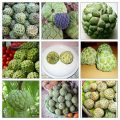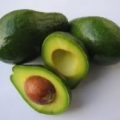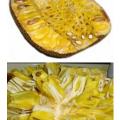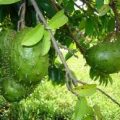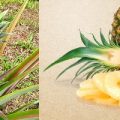In a tropical country like ours, fruits unavailable to western nations come abundantly and without much effort in our nutrient- enriched and sun-drenched soil. Fruits like the Philippine mango, pineapple, and papaya are just a few of the many highly valued fruits imported by other countries from the Philippines. Export demands continue to increase due to this; however, local demands fall quite short behind.
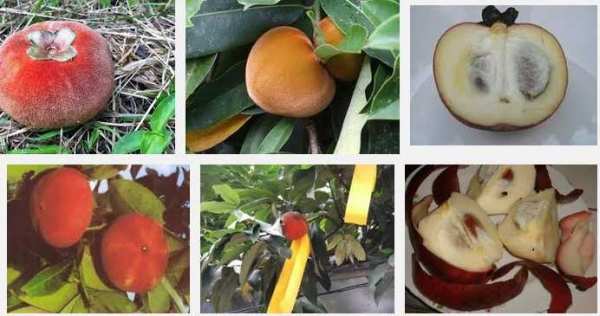
Thus, a call to patronize our own produce has been raised by Agriculture (Secretary Proceso J. Alcala, “We should encourage and lead by example, and urge our young people to love Pinoy fruits.” There’s nothing wrong with appreciating imported fruits as long as we do the same for our own. Start today, start with mabolo.
Mabolo
The mabolo fruit (Diospyros blancoi) is also known as the Philippine persimmon, velvet apple or butter fruit (in Singapore). This fruit grows from the Kamagong tree which is native to the Philippines. Indigenous to forestlands in low or medium altitudes in the country, the Kamagong tree is mainly used for furniture and specialty wood products. While the tree is known around the world for its wood, its fruit, mabolo, deserves a bit more attention.
The Kamagong tree can reach up to 20 meters high, depending on variety. The velvety skin of mabolo buds comes in a shade of green, to brown and then to a dull magenta when ripened. The short hairs on the skin of the fist-sized fruit may cause irritation in the mouth when eaten or to sensitive skin when in contact, but the flesh of the fruit is free from irritants. A couple of wedge-shaped seeds sit at the center of the whitish pulpy meat of the fruit in some varieties, although most are seedless. Mabolo emits a strong cheese-like scent that is somewhat unpleasant but lessens when peeled.
The Kamagong is considered a highly productive tree. Apart from the trunk and the mabolo fruit, the leaves and barks prove to be as useful. Among Philippine indigenous cultures, its leathery oblong leaves are used to treat skin irritation such as eczema, respiratory diseases like coughs and even fever. Both leaves and bark are also believed to be antidotes for snakebites in some tribes; unripe mabolo is also used as remedy for dysentery, diarrhea, hypertension and heart disorders. Mabolo contains vitamins and minerals, specifically calcium, iron, protein and vitamin B making it a healthful food.
Mabolo Possibilities in the Philippines
Kamagong is among the tree species abundant in the Philippines. Kamagong wood is one of the principal materials used in crafting furniture around the country and is even exported. One of the most expensive of wood materials, Kamagong wood darkens as it ages making it a favorite for antique collectors. However, popular as this wood may be, it is not the case for its fruit, Mabolo.
Folkloric usage of Mabolo suggest that the juice of an unripened Mabolo is natural treatment for diarrhea and first aid treatment for wounds, while other parts such as bark, leaves, and roots are useful in treating respiratory diseases and skin ailments such as eczema.
Scientific research on the fruit dating as far back as the 1980s boasts not only of the nutritional and medicinal value of the fruit, but also of its biofuel potential. Numerous scientific research show that compared to commercial gasoline, biofuel from mabolo emits lower amounts of carbon monoxide and carbon dioxide. Proven as effective as alcohol fuel, this ethanolic extract is highly profitable as the tree is endemic to the country, and propagation is uncomplicated.
A major purpose of initiatives in agriculture and fisheries R&D is to advance the achievement of food self-sufficiency in the country. Underutilized fruits and vegetables endemic to the country offer immeasurable potential once propagation, postharvest techniques, and value adding are uncovered through R&D. Further exploring the possibilities of Mabolo not only provides another promising food source, but also adds another viable inexpensive source of biofuel.
———
Sources:
1. Bautista, N. 2012. A Delicious Fruit for the Holiday Season. Manila Bulletin Online, 4 December 2012.
2. Morton, J. 1987. Fruits of Warm Climates. Julia F. Morton, Miami, FL.
3. Philippine Alternative Medicine. 2012. Philippine Medicinal Plants: Mabolo. Retrieved 10 January 2013, from http://www.philippinealternativemedicine/herbaltherapy/velvetapple.htm
By: Zuellen B. Reynoso BAR Digest October-December 2012 Issue (Vol. 14 No. 4)
